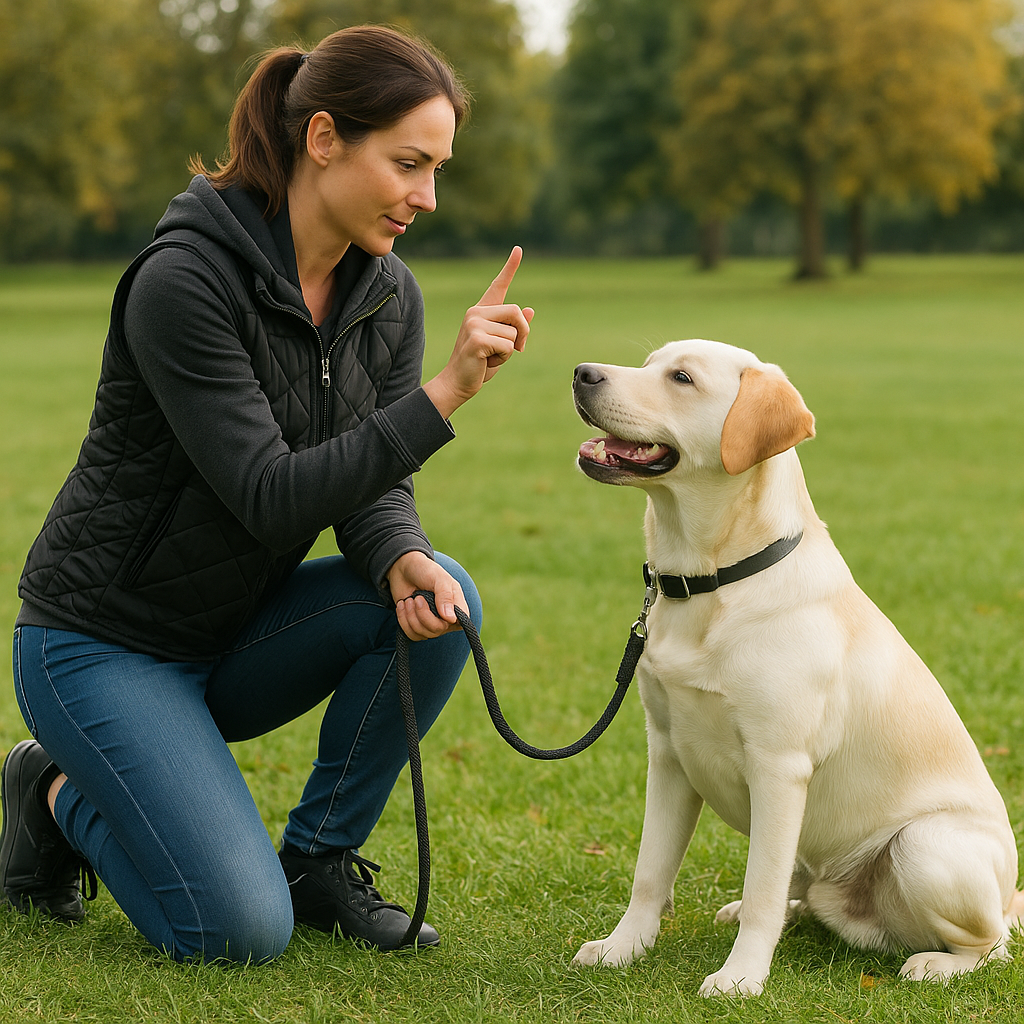Dog training is one of the most important aspects of responsible pet ownership. A well-trained dog is not only happier and healthier but also easier to live with and safer around others. If you’re searching for the best dog training methods used by UK professionals(like the RSPCA – Dog Training Advice, Dogs Trust – Training and Behaviour you’ve come to the right place.
In this guide, we’ll explore the 10 most effective training techniques used by professional trainers across the UK, their benefits, and how you can apply them at home with your own dog.
1. Positive Reinforcement Training
Positive reinforcement is the gold standard for modern dog training in the UK. This method involves rewarding good behaviour with treats, toys, or praise to encourage repetition.
- How it works: When your dog performs the desired behaviour, you mark it (often with a clicker or “yes” command) and reward immediately.
- Why professionals love it: Dogs learn faster and enjoy training because it’s fun and rewarding.
- Avoid mistakes: check our post about most common mistakes you can make during dog training.
- Tip: Keep rewards small and consistent for the best results.
2. Clicker Training
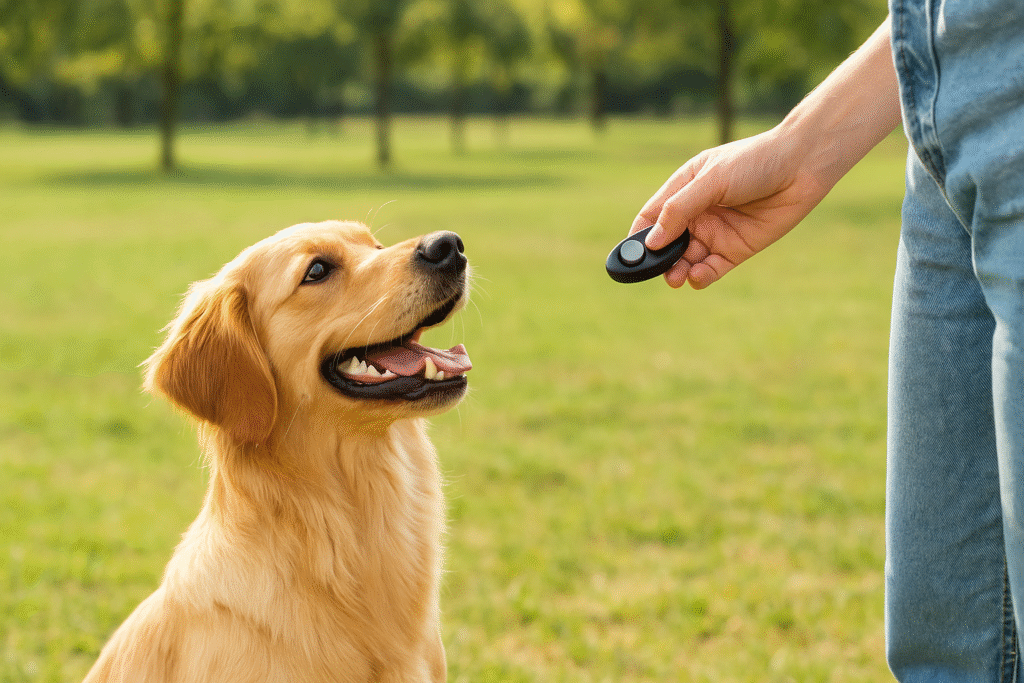
Clicker training is a popular technique where a small handheld device makes a distinct “click” sound to mark good behaviour. The sound acts as a bridge between the action and the reward.
- Why it works: The click is consistent and clear, unlike human voices that vary in tone.
- Common uses: Teaching obedience commands (sit, stay, recall), tricks, and complex behaviours.
- Pro tip: Trainers often recommend pairing clicker training with positive reinforcement for maximum effectiveness.
- Order dog clicker now.
3. Obedience Training

Obedience training forms the foundation for all good dog behaviour. It typically includes commands such as sit, stay, heel, down, and come.
- UK approach: Many training schools in the UK offer puppy obedience classes to help build discipline from an early age.
- Why it matters: A dog that responds to basic commands is safer in public and easier to manage at home.
4. Science-Based Training
Science-based training uses principles of animal behaviour science and psychology to shape a dog’s behaviour. It focuses on using evidence-backed techniques while avoiding outdated or harmful practices.
- Why UK professionals use it: It adapts to each dog’s individual needs and avoids punishment.
- Example: Understanding how reinforcement schedules and timing affect learning.
5. Model-Rival (Mirror) Training
This technique uses social learning—dogs observe others and copy behaviours. In some classes, trainers use another well-trained dog to demonstrate the behaviour.
- Why it works: Dogs are pack animals and naturally learn by watching others.
- At home: You can model calm behaviour yourself or use another pet to encourage your dog.
6. Relationship-Based Training
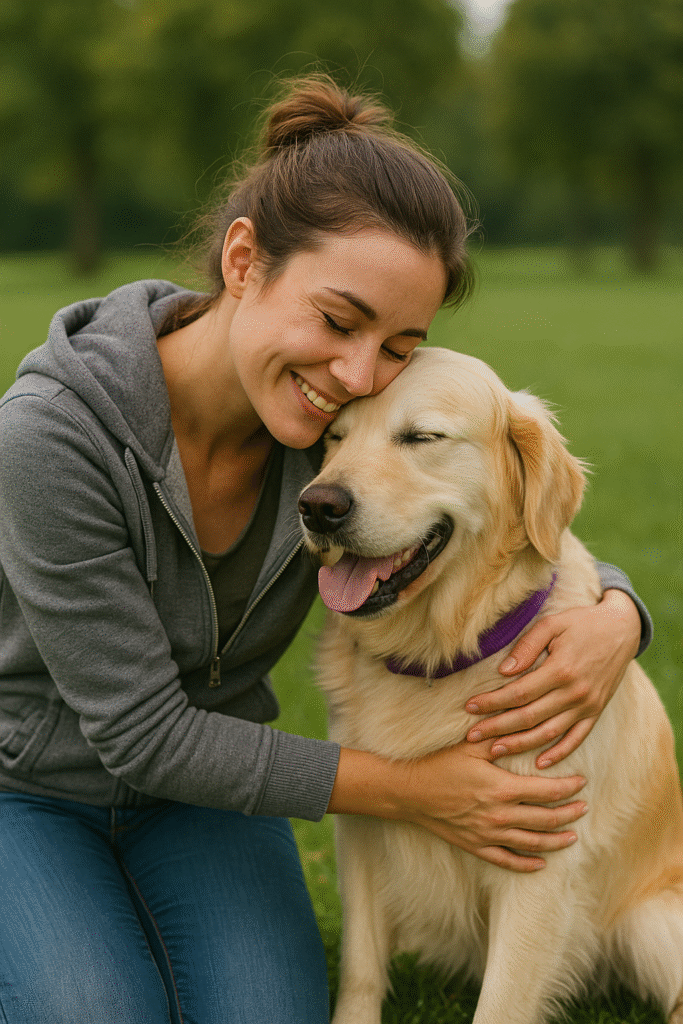
This method focuses on building trust and communication between owner and dog. It’s less about strict commands and more about understanding what motivates your dog and working together.
- Why professionals recommend it: It creates a strong bond and reduces behavioural problems long-term.
- Best for: Rescue dogs or dogs with anxiety, where confidence building is crucial.
7. Electronic-Free Training
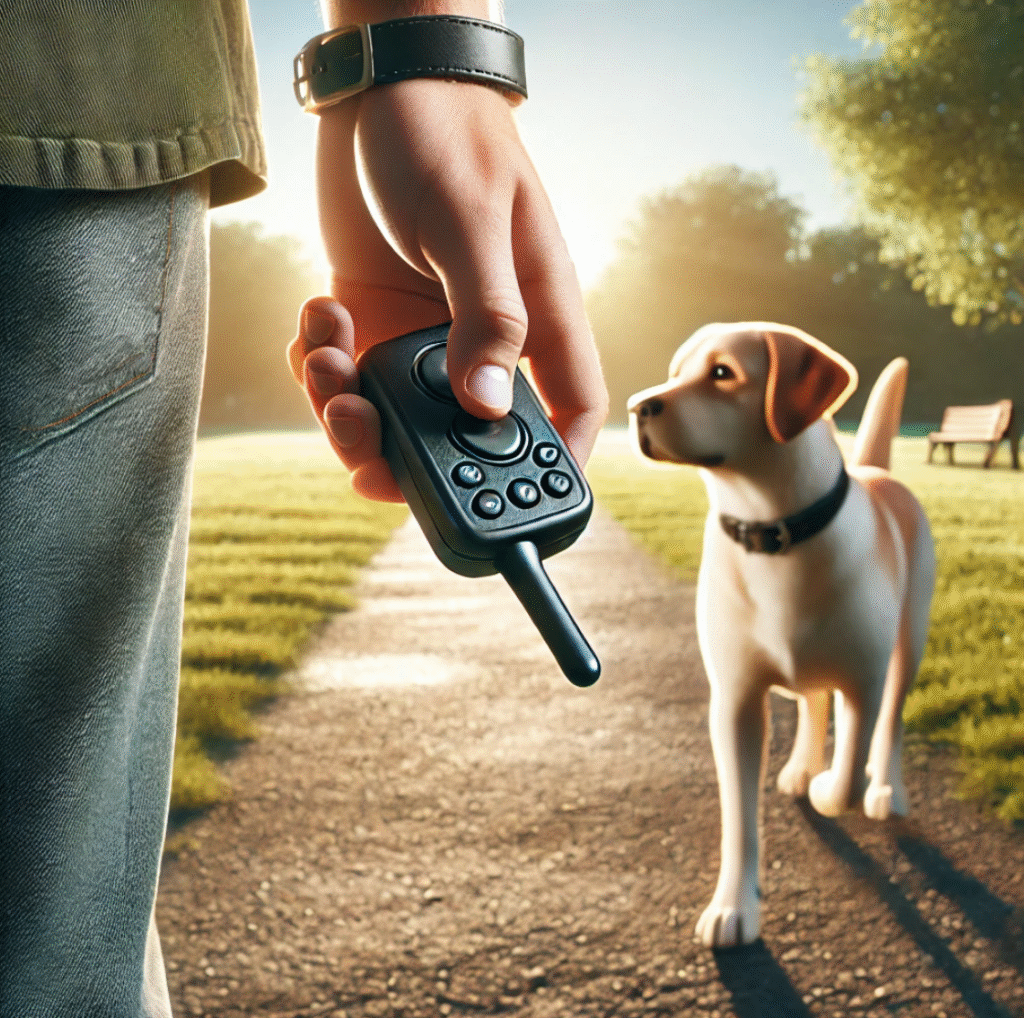
While some countries still use shock collars, in the UK many professionals promote electronic-free training. Instead, they rely on humane alternatives such as no-shock vibrating collars or citronella spray collars.
- Why it’s effective: Dogs respond to gentle cues without fear or harm.
- Pro insight: Humane training methods are proven to be more effective in the long run compared to aversive tools.
8. Operant Conditioning
This classic training approach, based on B.F. Skinner’s behavioural theory, uses four quadrants of learning:
- Positive reinforcement (adding a reward)
- Negative reinforcement (removing something unpleasant)
- Positive punishment (adding something unpleasant, less common in modern UK training)
- Negative punishment (removing something enjoyable)
- UK trend: Trainers primarily focus on positive reinforcement and negative punishment (e.g., turning away when a dog jumps up).
9. Dominance Theory (Now Largely Outdated)
Dominance training, also known as the “alpha dog” approach, was once widely used. It involves showing the dog that the human is the leader.
- Modern perspective: Many UK trainers now avoid this method as it can cause fear or aggression if misused.
- Why it’s important to mention: Some owners still use dominance-based advice found online. Professionals now recommend positive-based alternatives.
10. Agility & Activity-Based Training
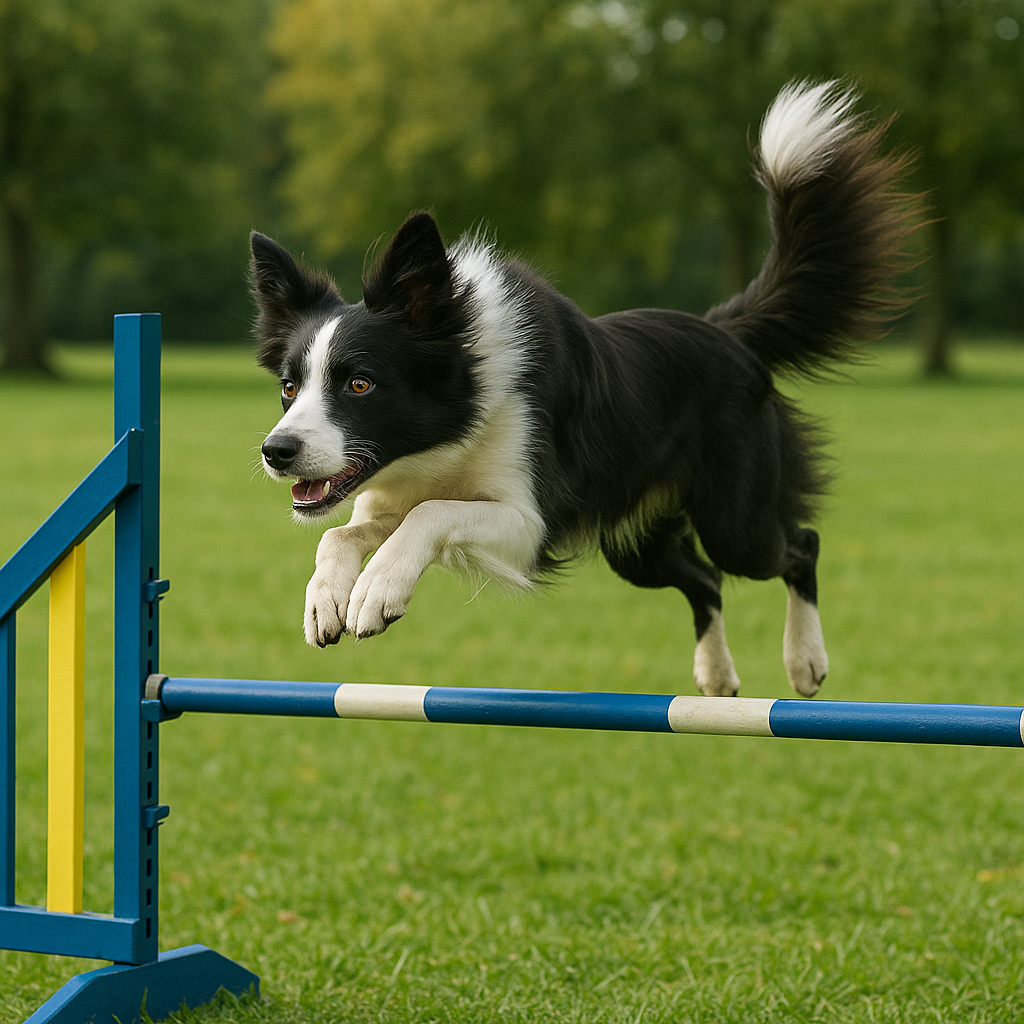
Agility training uses obstacle courses to challenge a dog’s body and mind. It’s both a sport and a training method.
- Why UK professionals recommend it: Builds focus, strengthens obedience, and provides exercise.
- Bonus: Many UK clubs offer agility classes that double as socialisation opportunities.
Which Dog Training Method Is Best?
The truth is, there’s no one-size-fits-all. The best dog training method depends on:
- Your dog’s breed and personality
- Their age and training history
- The specific behaviours you want to address
Most UK professionals combine several of the above methods—particularly positive reinforcement, clicker training, and relationship-based training—to create tailored solutions for each dog.

